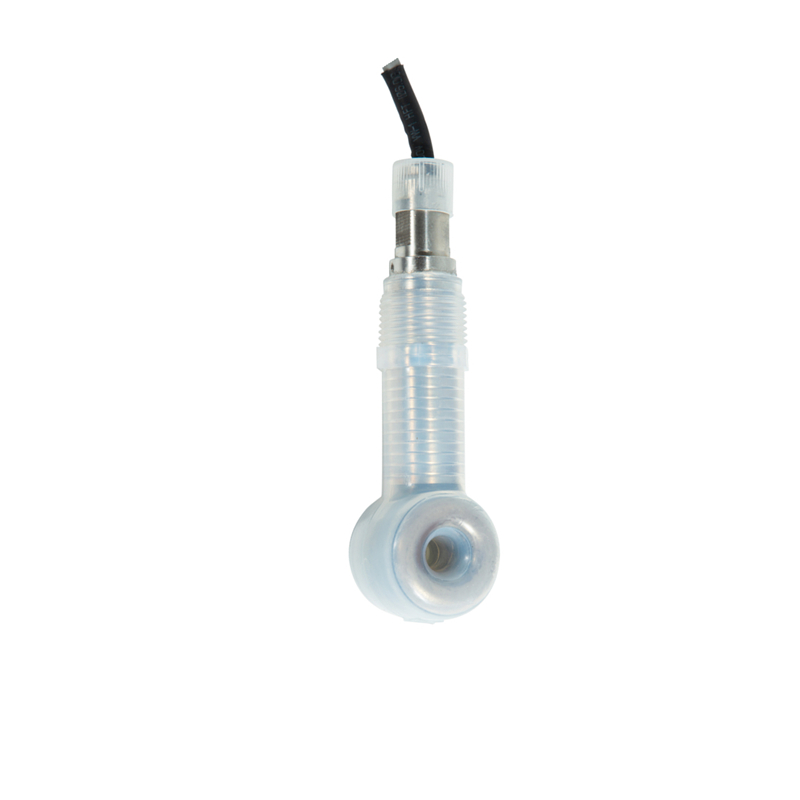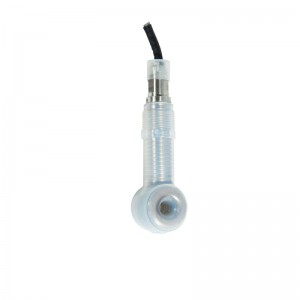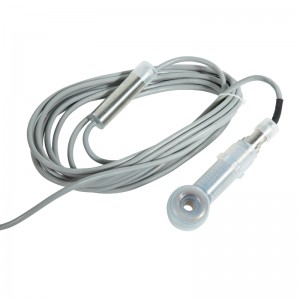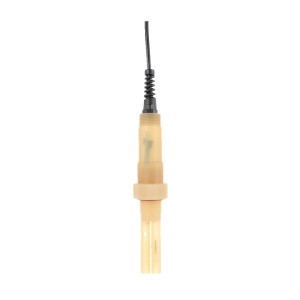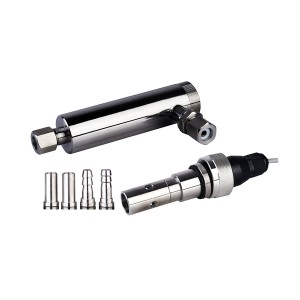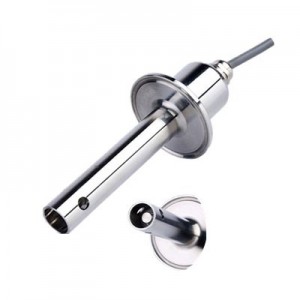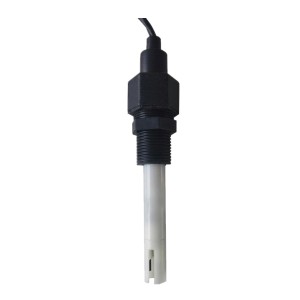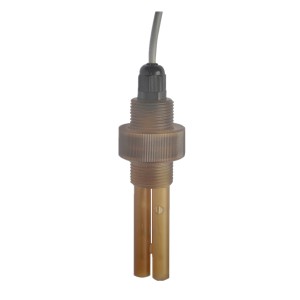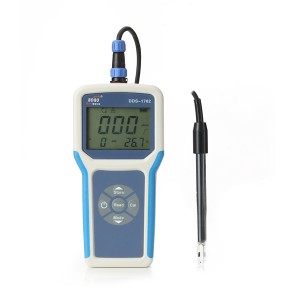Introduction
Digital conductivity sensor has all the functions of measuring and digitizing conductivity and various salinity, acid and alkali concentrations. It overcomes many
difficulties of the previous sensors and integrates the signal processing circuit into an embedded MCU ASIC, which enables the sensor to be calibrated before
leaving the factory, and the calibration value is permanently stored in the probe. With temperature compensation function,the temperature is also directly digital output.
Features
1. Performance in harsh chemical environments is excellent, chemical resistant material manufactured by the electrode is not polarized interference, to avoid dirt,
grime and even affect fouling layer covering phenomena such as very poor, simple and easy to install so it's a very wide range of applications. Design electrodes
applied to a high concentration of acids (such as fuming sulfuric acid) environment.
2. English acid concentration meter use, high accuracy, and high stability.
3. Conductivity sensor technology eliminates clogging and polarization errors. Used in all areas of contact electrodes may cause blockage which has a high
performance.
4. Large aperture sensor, long-term stability.
5. Accommodate a wide range of brackets and use common bulkhead mounting structure, flexible installation.
Technical Indexes
| 1.Measurement range | HNO3: 0~25.00%;
H2SO4: 0~25.00% \ 92%~100% HCL: 0~20.00% \ 25~40.00)%; NaOH: 0~15.00% \ 20~40.00)%; |
| 2. Electrode body materials | PFA |
| 3.Temperature compensation range | 0~130℃ |
| 4.Accuracy (cell constant) | ± (+25 us to measure the value of 0.5%) |
| 5.Maximum pressure (bar) | 1.6MP |
| 6.Output | 4-20mA or RS485 |
| 7.Installation | flow-through, pipeline, immersion |
| 8.Pipe installations | pipe threads 1 ½ or ¾ NPT |
| 9.Power Supply | DC12V-24V |
| 10.Cable | 5 meters |

